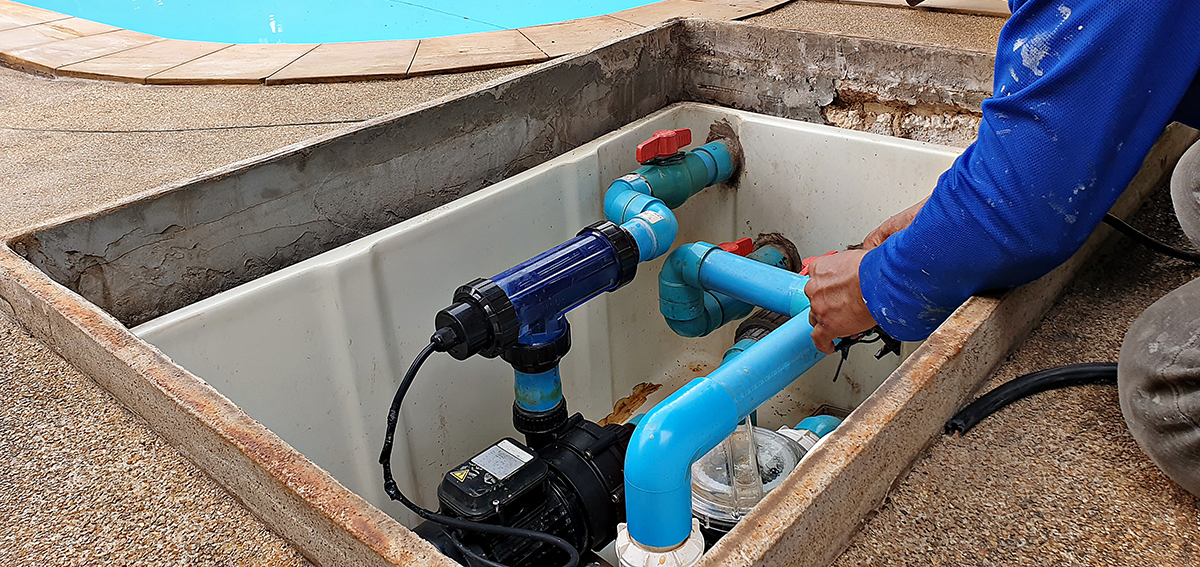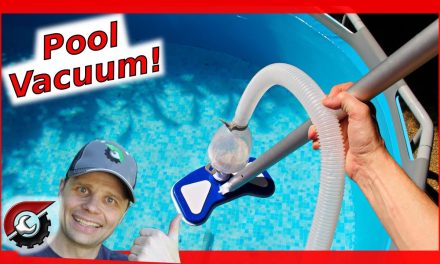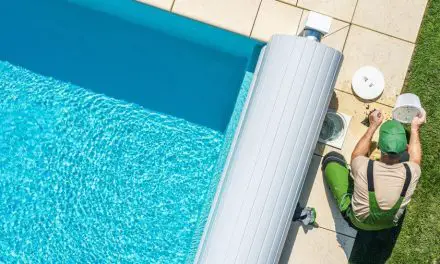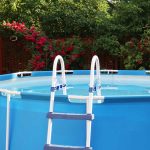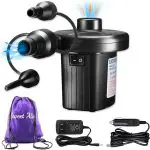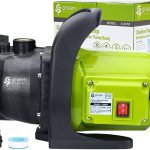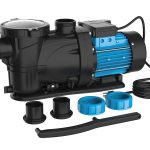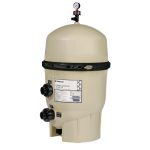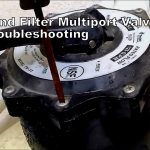A pool pump works by circulating water through the pool’s filtration system, keeping the water clean and free of debris. It pulls water from the pool through a strainer basket, where any large debris is removed.
The water is then pushed through the filter, which removes smaller particles, and returned back into the pool. This process maintains the water’s clarity and cleanliness, ensuring a safe and enjoyable swimming experience.
Self-Priming Technology
Self-priming technology is a remarkable feature in pool pumps. It allows the pump to automatically remove air from the system and prime itself, making it convenient and efficient. The self-priming functionality works by creating a vacuum in the pump housing, which draws water from the pool and fills the pump chamber.
As the chamber fills, the air is expelled through a vent, ensuring that only water remains in the system. One of the key benefits of self-priming pumps is that they eliminate the need for manual priming, saving time and effort.
Additionally, self-priming pumps are less likely to experience damage due to dry running, as they automatically prime themselves whenever needed. This makes them reliable and easy to maintain, ensuring optimal pool performance.
Above Ground Vs. In-Ground Pools
Pool pumps play a crucial role in both above-ground and in-ground pools. However, there are some distinctions in their mechanics. When selecting a pump, it’s important to consider the type of pool. Above-ground pool pumps are typically self-priming and are equipped with timers and valves for efficient operation.
In contrast, in-ground pool pumps may have additional features such as variable speeds to meet the specific needs of the pool. Understanding the mechanics of each pump type is essential for proper maintenance and optimization. By choosing the right pump for your pool, you can ensure optimal water circulation and filtration, leading to clean and clear pool water.
The Role Of Timer In Pool Pump Operation
Timers play a crucial role in the operation of a pool pump, especially when it comes to energy efficiency. By controlling the pump’s operation, timers help regulate the pump’s on-and-off cycles based on predetermined settings. This ensures that the pool pump runs only when necessary, optimizing energy consumption.
When the timer activates the pump, it starts the circulation process, allowing water to flow through the pool’s filtration system. Once the desired duration is reached, the timer switches the pump off, conserving energy. By using a timer, pool owners can effectively manage their pool’s pump operation and reduce energy costs while maintaining clean and clear water.
Understanding Valves In Pool Pump Systems
Valves are an essential part of pool pump systems, serving various functions and purposes. There are different types of valves used in pool pump systems. Each valve performs specific tasks to ensure the proper functioning of the pool pump. One common type of valve is the intake valve, which regulates the flow of water into the pump.
Another type is the discharge valve, responsible for directing the water out of the pump and back into the pool. Additionally, there are also check valves that prevent water from flowing backward and air relief valves that release trapped air from the system.
Understanding these valves and their functions is crucial for maintaining an efficient pool pump system.
Exploring Intex Pool Pump Features
Intex pool pumps have unique characteristics that make them stand out in the market. One advantage is their self-priming feature, which allows for easy startup without manual priming. Additionally, Intex pumps are designed for above-ground pools, making them a convenient choice for many homeowners.
They also come with a built-in timer, allowing users to set specific operating times for energy efficiency. Another notable feature is the presence of valves that enable users to control water flow and pressure. However, it’s important to note that Intex pumps may have limitations based on the size and type of pool they are designed for.
It’s recommended to carefully consider these factors before purchasing and installing an Intex pump for optimal performance.
The Power Of Variable Speed Pool Pumps
Variable-speed pool pumps harness innovative technology to deliver impressive efficiency and cost-saving benefits. By adjusting the pump’s motor speed, these pumps can precisely match the pool’s filtration needs. This allows for optimal performance while using significantly less energy compared to traditional single-speed pumps.
Variable speed technology also reduces wear and tear on the pump, prolonging its lifespan and minimizing maintenance requirements. Additionally, these pumps operate more quietly, providing a more pleasant swimming experience. With their ability to run at different speeds, variable-speed pool pumps offer a versatile solution for maintaining clean and clear pool water.
Whether you have a small above-ground pool or a large in-ground pool, the variable speed pump can efficiently circulate the water, remove debris, and optimize water chemistry. Start enjoying the power of variable-speed pool pumps and enjoy a more environmentally friendly and cost-effective pool maintenance solution.
Common Pool Pump Diagram And Components
A pool pump is an essential component of the pool system. It works by circulating water, keeping it clean and free from debris. The common pool pump diagram showcases its key components and their functions. The visual representation helps us understand the pump’s working mechanism better.
Some of the key components include the self-priming feature, which ensures the pump can start and draw water efficiently. The above-ground configuration makes installation and maintenance easier. A timer allows you to schedule the pump’s operation, optimizing energy usage. Valves control the flow of water and help direct it to different parts of the pool system.
The Intex pump is a popular choice due to its reliability and effectiveness. Variable speed pumps offer flexibility and energy savings. Understanding how a pool pump works is vital for maintaining a clean and well-functioning pool.
Frequently Asked Questions On How Does A Pool Pump Work?
Do You Leave The Pool Pump On While Swimming?
You can swim without leaving the pool pump on as long as the water is clean and debris-free.
Does A Pool Pump Pull Or Push Water?
A pool pump pulls water to circulate it and keep it clean.
How Does A Pool Filter And Pump System Work?
A pool filter and pump system works by circulating water through the filter to remove debris and dirt, and then returning the clean water back into the pool.
Conclusion
Understanding how a pool pump works is essential for maintaining a clean and debris-free swimming pool. By using a combination of water circulation and filtration, pool pumps help to keep the water clean and clear. The pump’s motor powers the impeller, which creates a suction force that pulls water from the pool and pushes it through the filter.
The filter then traps any dirt, debris, or contaminants, ensuring that only clean water is returned to the pool. Additionally, pool pumps can be equipped with various features such as timers and variable speed settings to optimize energy efficiency and reduce operating costs.
By properly maintaining and operating your pool pump, you can enjoy a crystal-clear swimming pool all season long. So, make sure to keep your pool pump in good working condition to keep your pool water pristine and ready for endless hours of swimming enjoyment.

